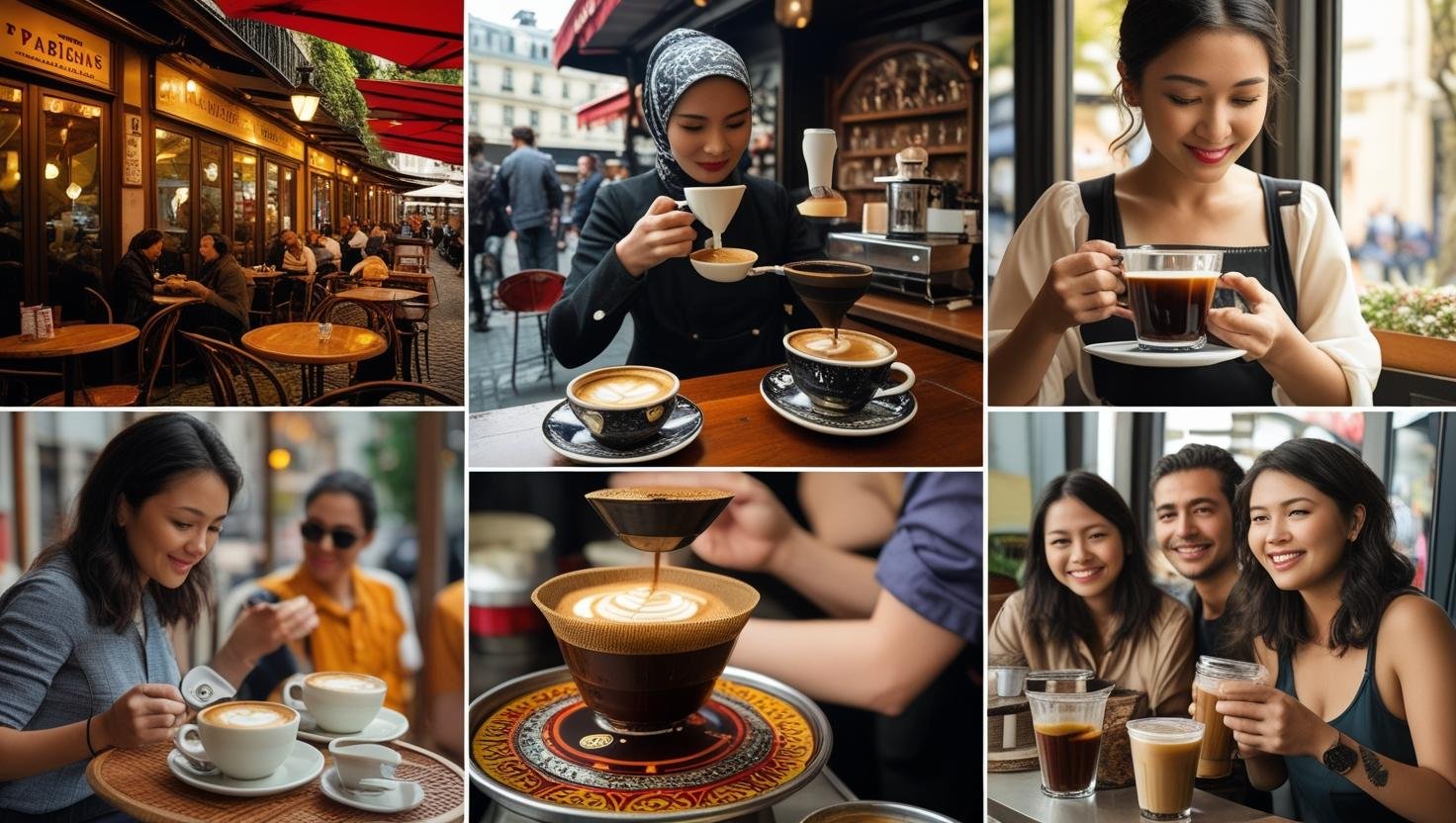Contents
- 1 Introduction
- 1.1 Why Coffee Culture Matters
- 1.2 Coffee in Italy – Espresso Is King
- 1.3 Coffee in Ethiopia – The Birthplace of Coffee
- 1.4 Coffee in the United States – The Rise of Specialty Coffee
- 1.5 Indian-Specific Coffee Culture Insights
- 1.6 Coffee in Japan – Precision and Ritual
- 1.7 Coffee in Turkey – Thick, Sweet, and Symbolic
- 1.8 Coffee in Sweden – Fika: Coffee With a Purpose
- 1.9 Coffee in Brazil – Quantity and Convenience
- 1.10 Coffee in France – Style and Leisure
- 1.11 Coffee in Vietnam – Strong and Sweet
- 1.12 Coffee in Australia – Flat White Capital
- 1.13 What We Can Learn from Global Coffee Cultures
- 1.14 FAQs on Global Coffee Culture
- 1.15 Conclusion
Introduction
Coffee is more than just a beverage — it’s a global ritual, an art form, and a social experience. But how coffee culture varies around the world https://www.aboutcoffee.org/origins/coffee-regions-of-the-world/ may surprise you. From Italy’s quick espresso shots to Ethiopia’s traditional coffee ceremonies, every region adds its unique flavour to the beloved drink. In this blog, we’ll take you on a caffeinated journey through some of the world’s most fascinating coffee traditions.
Why Coffee Culture Matters
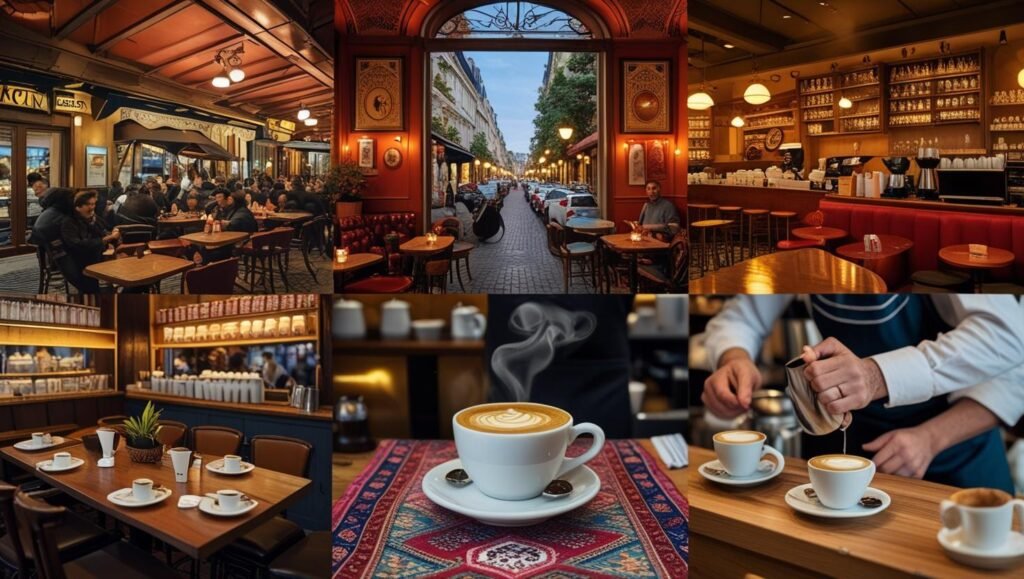
Coffee is consumed in nearly every corner of the world. But it’s the cultural context in which it’s enjoyed that makes each tradition special. The way people brew, serve, and enjoy coffee says a lot about their society, values, and daily habits.
Understanding how coffee culture varies around the world offers insight into:
- Social customs
- Hospitality rituals
- Regional taste preferences
- Brewing methods and technology
Let’s explore how different countries celebrate coffee in their daily lives.
Coffee in Italy – Espresso Is King
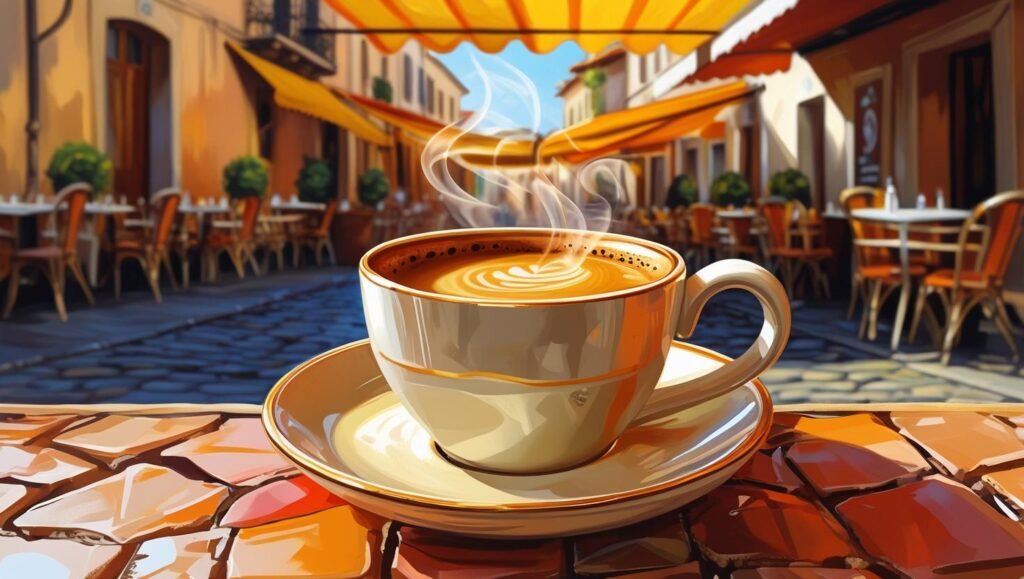
Italy is synonymous with coffee — more specifically, espresso. Italians take their coffee seriously, and there are unspoken rules about when and how to drink it.
- Espresso: The most common way to consume coffee. Italians enjoy standing at the bar, not sitting.
- Cappuccino: Only for breakfast — drinking it after 11 a.m. is frowned upon.
- Macchiato: A popular mid-day option, featuring espresso “stained” with a bit of milk.
In Italian culture, coffee is about efficiency and tradition, not lounging in cafes for hours.
Coffee in Ethiopia – The Birthplace of Coffee
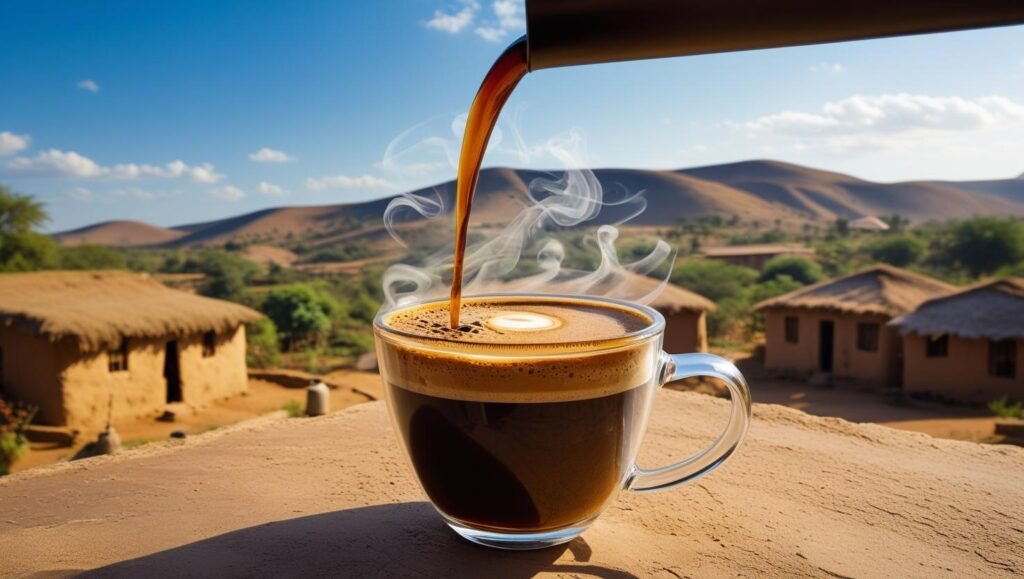
Ethiopia is often considered the birthplace of coffee, and its coffee ceremony is a deeply spiritual and social affair.
- Green coffee beans are roasted over an open flame.
- Beans are ground with a mortar and pestle.
- The coffee is brewed in a jebena, a traditional clay pot.
- The ceremony can take two hours and involves three rounds of coffee: Abol, Tona, and Baraka.
This ritual emphasizes community, respect, and hospitality, highlighting how coffee in Ethiopia is more than just a drink — it’s a bonding experience.
Coffee in the United States – The Rise of Specialty Coffee
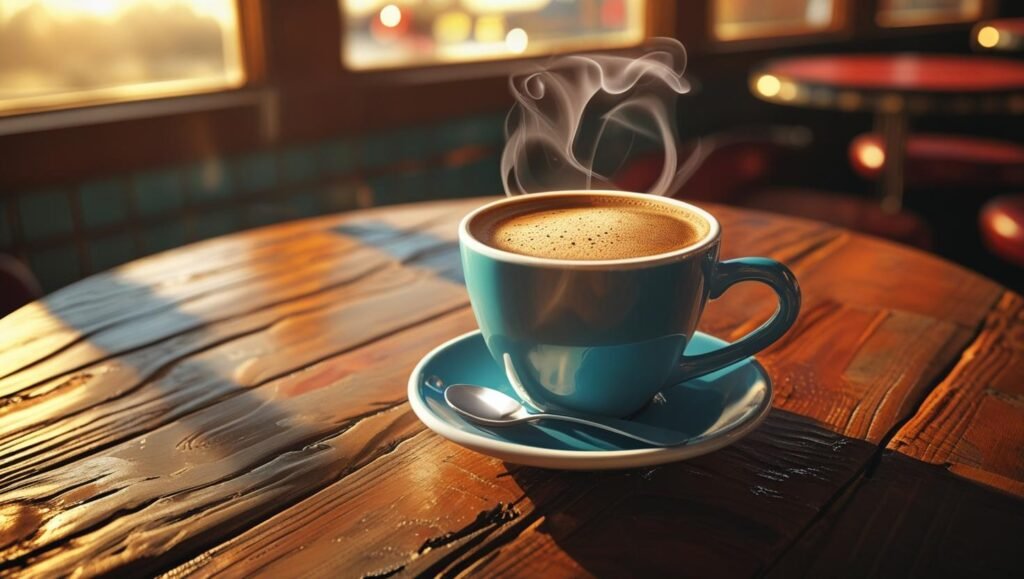
The U.S. coffee culture has evolved from mass-market drip coffee to specialty coffee trends.
- Coffee chains like Starbucks popularized espresso drinks.
- Third-wave coffee shops focus on origin, sustainability, and quality.
- Cold brew, nitro coffee, and pour-over methods are now mainstream.
In America, coffee is both a fuel for productivity and a lifestyle accessory. The rise of remote work and café culture has made coffee shops social hubs.
Indian-Specific Coffee Culture Insights
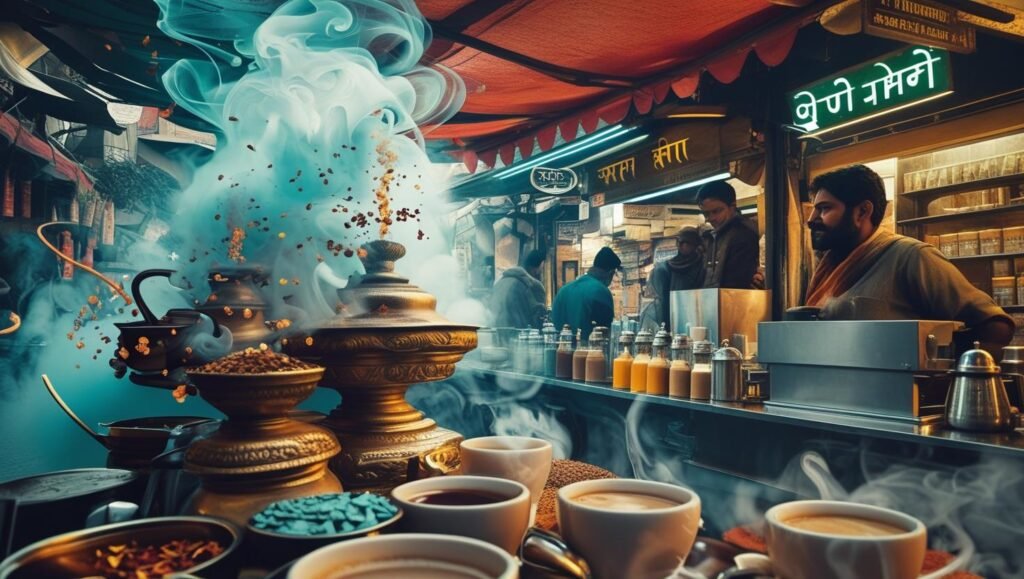
• Historical Roots
- Coffee was smuggled by the pilgrim Baba Budan in the 17th century and established in Karnataka, Kerala, and Tamil Nadu
• South Indian Filter Coffee
- Granulated plantation coffee (often with chicory) brewed in a metal filter, then mixed with milk and sugar—served traditionally in a stainless steel tumbler and dabarah, poured back and forth to cool and aerate
• Indian Coffee Houses (ICH)
- Started in the 1940s by the Coffee Board; they became hubs for intellectual and political discourse post-Independence
• Metro Café Culture
- Chains like Café Coffee Day (CCD) popularized café-based meetups in the 1990s with the tagline “A lot can happen over coffee.” Later, Starbucks and specialty roasters entered major Indian cities, reshaping urban coffee consumption
• Regional Diversity & Modern Trends
- In parts of South India, filter coffee remains a household ritual; in metros, millennials gravitate toward cold brews, pour-over, and ethically-sourced beans.
- Emerging micro-roasteries in Bangalore, Coorg, and beyond are focusing on single-origin beans and sustainable practices.
Coffee in Japan – Precision and Ritual
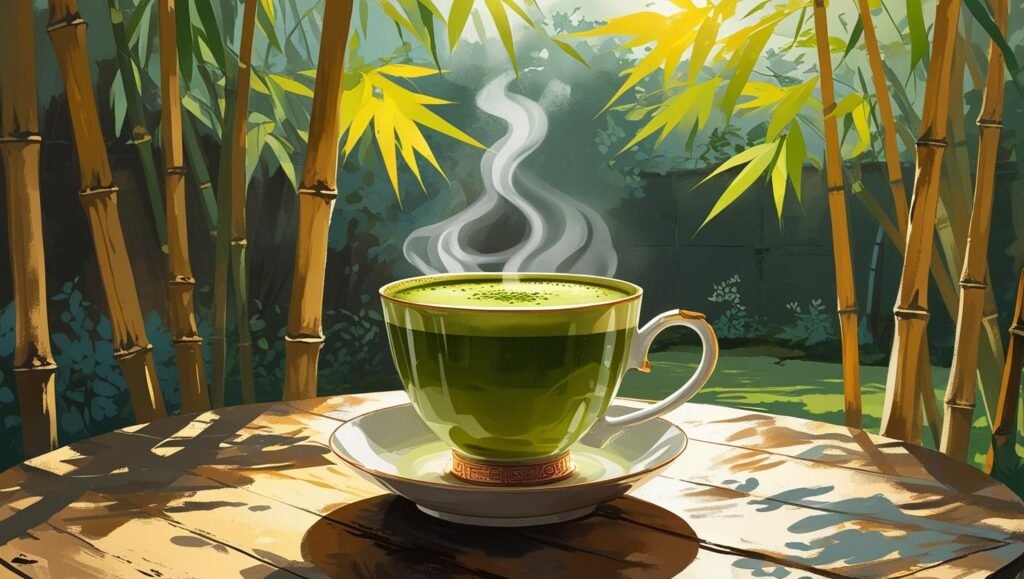
Keyword Focus: Coffee brewing in Japan
In Japan, coffee is a blend of art and precision. Though tea has deep cultural roots, coffee is incredibly popular.
- Pour-over brewing (like Hario V60) is highly respected.
- Attention to grind size, water temperature, and timing is essential.
- Canned coffee from vending machines is also widely consumed.
- Coffee shops are quiet, refined spaces — a place for solitude, not loud conversation.
Japanese coffee culture reflects the country’s attention to detail and minimalist sensibilities.
Coffee in Turkey – Thick, Sweet, and Symbolic
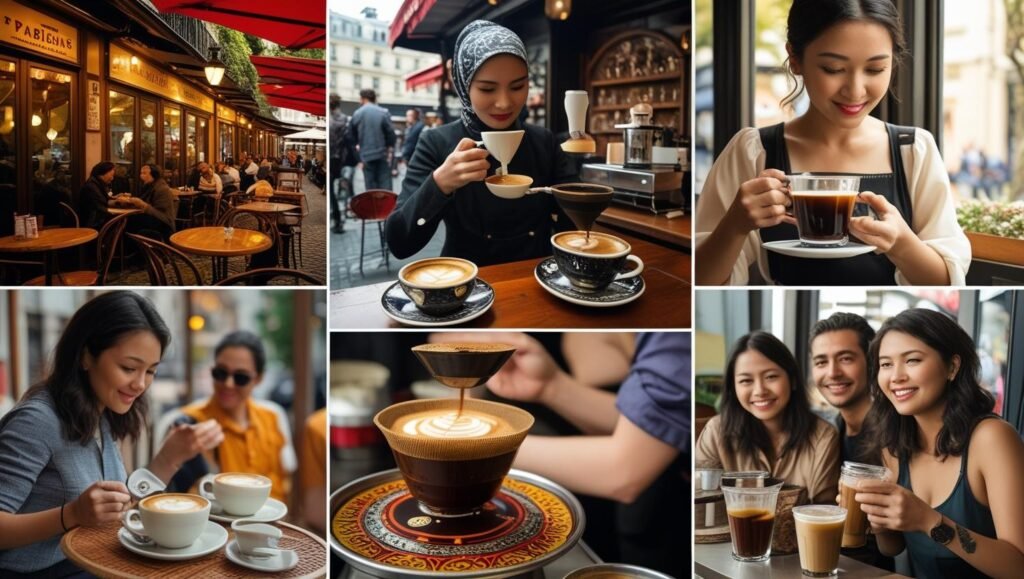
Turkish coffee is unfiltered, strong, and steeped in symbolism.
- Brewed in a cezve (small pot) over low heat.
- Served with foam on top, often alongside Turkish delight.
- Grounds settle at the bottom — some even read fortunes from them.
- Coffee is part of wedding customs and formal guest greetings.
Turkish coffee culture emphasizes hospitality, ceremony, and conversation — making it an intimate social ritual.
Coffee in Sweden – Fika: Coffee With a Purpose
In Sweden, coffee breaks are a sacred part of life — known as Fika.
- Fika is a daily ritual of taking a pause with coffee and cake.
- Often involves friends, coworkers, or family.
- Encourages balance, mindfulness, and social connection.
Swedes are among the world’s top coffee consumers, and Fika is a reason why. It’s about slowing down and appreciating the moment.
Coffee in Brazil – Quantity and Convenience
As the world’s largest coffee producer, Brazil’s coffee culture is everywhere.
- Cafezinho is a small, strong, sweetened coffee.
- Offered to guests as a gesture of warmth and hospitality.
- Consumed multiple times daily — at work, home, or on the go.
- Coffee is deeply integrated into Brazilian social life and economy.
In Brazil, coffee is both a commodity and a cultural staple.
Coffee in France – Style and Leisure
French coffee culture is about leisure and style.
- Popular drinks include café au lait and espresso.
- People sip coffee slowly at sidewalk cafés.
- Cafés are spots for philosophy, people-watching, and art.
Coffee is often enjoyed with a croissant or pastry, reflecting the romantic and artistic atmosphere of French daily life.
Coffee in Vietnam – Strong and Sweet
Vietnamese coffee is a bold, unique experience.
- Brewed with a phin filter — a slow drip method.
- Mixed with sweetened condensed milk (called cà phê sữa đá when iced).
- Also popular: egg coffee (cà phê trứng), made with whipped egg yolk.
Coffee in Vietnam is often enjoyed on street corners, in tiny stools, reflecting the nation’s street food culture and vibrancy.
Coffee in Australia – Flat White Capital
Australia boasts one of the most refined specialty coffee scenes in the world.
- The flat white — similar to a latte but with less foam — originated here.
- Coffee is locally roasted, and independent cafés dominate.
- Espresso-based drinks are standard — drip coffee is rare.
- Australian baristas are known for high-quality milk texturing and latte art.
Coffee culture in Australia is all about craftsmanship, community, and quality.
What We Can Learn from Global Coffee Cultures
Exploring how coffee culture varies around the world teaches us that coffee is more than a beverage — it’s a mirror of identity. Each region’s approach tells a story:
- Italy values tradition and speed.
- Ethiopia celebrates heritage and community.
- Japan finds elegance in precision.
- Sweden uses coffee to balance life.
- Vietnam embraces innovation and sweetness.
In every case, coffee brings people together — whether in a bustling street café or a serene home ritual.
FAQs on Global Coffee Culture
What country has the strongest coffee culture?
Countries like Italy, Ethiopia, and Turkey are often cited for their deep-rooted coffee traditions. Each offers unique rituals and significance around coffee.
Why does coffee culture vary so much globally?
Coffee culture varies due to historical influences, climate, agriculture, and social norms. Each society has shaped coffee in a way that fits its values.
Which country drinks the most coffee?
Finland holds the record for highest per capita coffee consumption, followed by Sweden and Norway.
How can I experience global coffee culture at home?
Try brewing different styles like Turkish coffee, Japanese pour-over, or Vietnamese iced coffee. Exploring beans from different origins also helps.
What is the third wave of coffee?
The third wave refers to treating coffee as an artisan product — focusing on origin, brewing precision, and sustainability.
Conclusion
Coffee culture is as diverse as the people who drink it. From the ritualistic ceremonies in Ethiopia to the artistic flat whites of Australia, learning how coffee culture varies around the world is a fascinating journey into human connection, history, and creativity. Next time you sip your coffee, remember — you’re participating in a global story.
